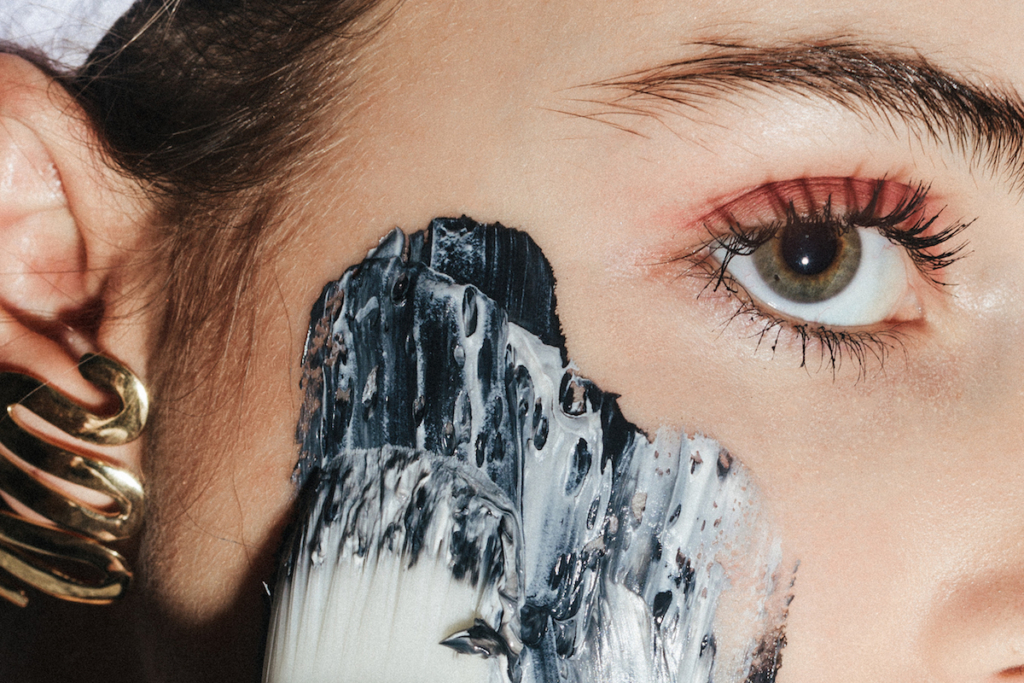
While I’m a stickler for taking the time to mask multiple times a week (it’s for mental health, too), sometimes a girl just wants to be straight-up pampered. However, unlike those enviable few who can spend a fortune on every chemical peel and LED facial on the market, I like to time my treatments just right, so that I know my skin will be getting the most bang for my buck, and my post-college budget won’t suffer too much.
So, whether it’s due to a change of season or simply to prepare for Mercury in retrograde yet again, you’ll want to check out these tips on how to schedule your upcoming professional skincare treatments— so you’ll know whether to sit at home with a hydrating mask or if it’s the perfect time to leave it all to the pros.
First And Foremost: Know Your Own Skin
The main rule of thumb is to become familiar with your skin, so you know exactly what services you’re in the market for. Do you have fine lines? Milia? Rosacea? Becoming well-versed in how your skin looks is half the battle to knowing exactly what it needs and when, so take a peek in that compact mirror and see if you notice anything glaring that might need extracting.
But the beautiful thing about professional facials is that it’s not a one-size-fits-all approach. Your esthetician tends to cater your facial to your skin type and what results you’re personally looking for, so there’s no need to study up on skincare vocab the night before your appointment.
Know Your Surroundings
Check your weather app (or, you know, walk outside). Is it especially dry or humid? Has the pinnacle of summer heat made room for that highly coveted, crisp fall air? A lot of estheticians suggest seeking out a standard facial as regularly as once a month, but if that’s not sustainable for your budget, try timing the service with the changing of the seasons. Once every three months seems to be a little more realistic for those of us looking for a routine check-up for our face every once in a while. Your skin cells will have ample time for turnover, and your wallet will surely thank you.
However, for skin-specific concerns in particular, most types of facials include rounds of treatment coupled with what’s called a “maintenance stage” afterwards. Think of it as facial bootcamp to get your skin to where it needs to be, then revisiting it every so often to keep it in tip-top shape.
Below, see some common services for specific skin concerns and how you should navigate your professional skincare schedule.
The Sometimes Painful, But Necessary Services
Milia Extraction: If you have milia outbreaks that just won’t go away no matter how many times you DIY that manuka honey face mask, it’s time to see the dermatologist to get those tiny white bumps extracted. I’m personally prone to milia, especially on my forehead during the summer when my sweat and makeup can become clogged beneath my pores. My esthetician was able to pop those guys out with a sterile needle, and she suggested I come in once every two weeks to make sure nothing else resurfaces. So, your best bet would be to visit the derm to create a treatment plan to de-roof your milia for good.
Chemical Peel: Like its name suggests, this treatment requires a chemical solution to gently exfoliate and smooth the skin, leading to a reduction in acne and hyperpigmentation. It’s best to perform these on a monthly basis (and not a moment earlier), so your skin cells have time to rejuvenate. However, some common side effects from this service are redness, irritation, or flaking, so if you’re experiencing these symptoms, it’s recommended to wait a couple extra weeks for the skin to rest before your next peel.
Acupuncture Facial: Ever wanted the results of Botox without the numbing and rounds of injections? If so, the acupuncture facial could very well be your newest BFF. It primarily helps with fine lines and signs of aging, and dermatologists usually recommend around 5 sessions once or twice a week to notice results, with a maintenance stage of every 1-2 months.
LED Facial: This type of facial is perfect for stubborn breakouts and signs of aging. For optimal results, in-office light therapy would require around ten sessions spaced about a week apart. After the final week, you’ll be sure to notice a difference in your skin, specifically calming down your breakouts. Every few months is the suggested time to revisit for maintenance LED treatments or if you start seeing signs of a new breakout.
Microdermabrasion Facial: The goal of microdermabrasion is exfoliation, exfoliation, exfoliation. The procedure uses a tool that shoots mini crystals onto your skin and simultaneously sucks them back up, acting as a high-powered exfoliating scrub. While your dry skin will magically disappear after this treatment, resulting in a firm, baby-smooth face, you don’t want to overdo this one to the point of stripping your skin. For your first series, 6-10 treatments around 2 weeks apart will do the trick. For follow-ups after that, once every 2-3 months is the golden number.
Diamond File Facial: Ever wondered what it would be like to have your skin shine like a diamond? Enter the diamond file facial: a treatment that sands your skin like those perfect stones until it glows. This facial is perfect for discoloration of the skin— think sunspots, acne scars, and rosacea— and requires a tool with real, honest-to-god diamonds to smooth the texture of the skin. The hype around the diamonds is that they’re natural minerals, which means that it’s less likely for reactions to occur. However, the process itself is similar to other microdermabrasion treatments, so it’s best to go about this facial once every 1-2 months after your first series.
Here For A Zen Time, Not A Long Time
If you’re in the market for pure relaxation purposes, it’s a little bit of a different story. We’re definitely not one to judge the frequence of your pampering habits (self care is truly a lifestyle, after all), so if you’re looking for a simple facial massage session or aromatherapy treatment, the timing rules tend to be a little more lax. Cucumber slices are optional, but *always* encouraged.
Lymphatic Facial Massage: Meant to reduce swelling and puffiness, a lymphatic facial massage uses gentle brushing motions to stimulate your facial lymph nodes and encourages the drainage of the lymph fluid in your face. These facials seem simple to perform, yet they yield the most desirable results— defined cheekbones and an overall brighter complexion, yes please. These sculpting results are pretty much instant, so feel free to book an appointment before any big event, party, impromptu plans to see your ex, the works.
Aromatherapy: An aromatherapy facial includes the use of essential oils during a facial massage. This type of treatment not only targets physical skin concerns, but also addresses psychological concerns such as stress and anxiety. Put it this way— essential oils are a vital part of any Swedish massage in order to maximize relaxation every time you inhale, and a facial massage can do the same. Just make sure that your esthetician dilutes the essential oils so it’s safer for the skin, and you’re good to go for your next facial massage appointment. There’s little regulation about how often you should use aromatherapy in your facial schedules, but it’s suggested to only use a 0.5 percent concentration on the delicate skin of your face.
–
Although it may take some trial-and-error to truly master the perfect professional facial schedule, turning to the pros can be a quick solution the next time your skin (or your mind, for that matter) needs a little TLC. No matter the skincare concern, there’s an esthetician for that. Happy masking, friends.
–
Feature Image via Vanessa Granda

